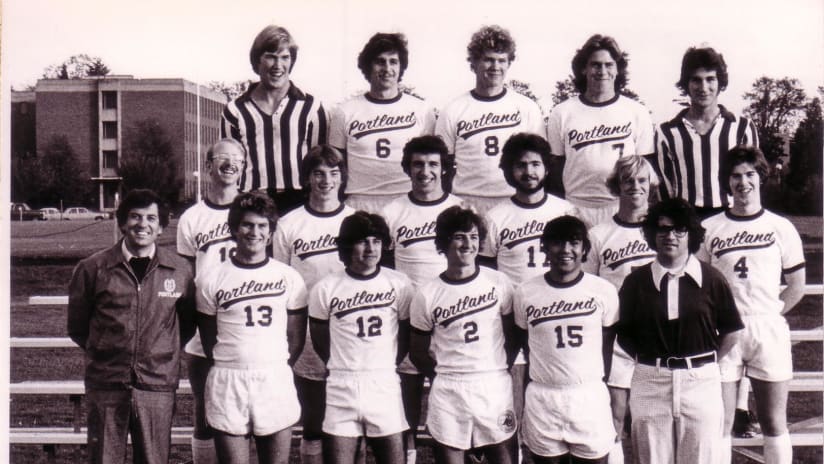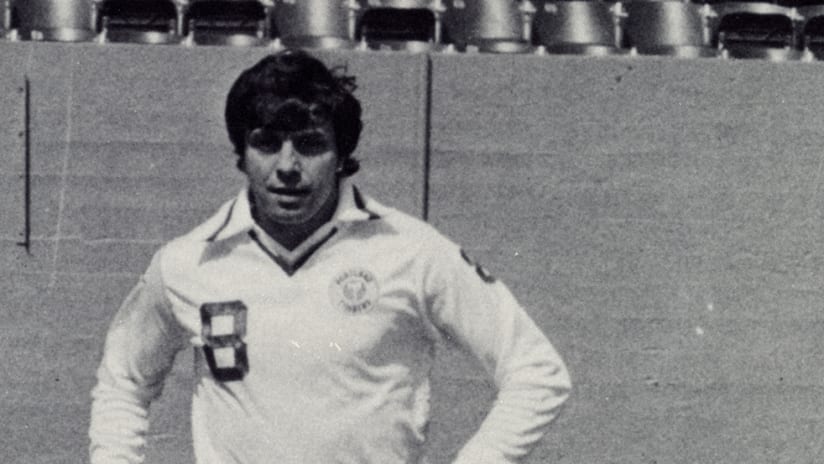NEW YORK — Five years after its introduction revolutionized the face of the league, the Designated Player rule just got a whole lot younger.
On Tuesday, MLS unveiled a new type of DP mechanism that is projected to bring in a whole new crop of young international stars to the league.
Beginning in 2012, teams can acquire Designated Players based overseas who are 20 years of age or younger for a budget charge of only $150,000, while Designated Players between the ages of 21 and 23 will count just $200,000 against a team’s salary budget. Current DPs represent a $335,000 hit to a club’s player budget of $2,675,000, regardless of their age.
“If you look at it, our Designated Players are anywhere from mid to late 20s to early 30s,” said MLS executive vice president of competition and player relations Todd Durbin. “We’re getting good players, veteran players and players with experience but we’ve been out of the market for young, promising players in this area.
“We’re hoping with this rule change we’ll tear down this last barrier of entry and bring in quality players at every place in their career and truly have the ability to get into the market of young players to be able to bring in and grow stars of the future for Major League Soccer.”
The age classifications are designed to catch young players cycling out of their respective Under-20 and Under-23 national teams. And it’s a rule change for which MLS clubs had been clamoring.
It’s not that MLS teams haven’t wanted to sign promising young players based overseas. FC Dallas took the plunge earlier this year with Colombian Under-20 star Fabián Castillo (above) and the New England Revolution signed Argentine Milton Caraglio, both as a Designated Players.
However, there was always an inherent risk of saddling a club’s salary budget with a $335,000 budget hit for a young player who needed time to develop. The latest amendment to the Designated Player rule will encourage teams to make these speculative moves and with a longer term outlook.
Although Durbin indicated that “South America, Central America and Mexico are going to be fertile grounds” for these younger DPs, he made it clear that teams can also acquire Americans or Canadians based outside the USA and Canada under this category. In fact, the league is currently working with the Philadelphia Union to determine how Freddy Adu’s acquisition will be accounted for under the club’s 2012 budget.
Another expected byproduct of the implementation of the new rule is that it will encourage loans of reserve team and academy products by European clubs to their MLS counterparts.
“It will not only open the market of unknown players, but players not currently playing with their first team,” Durbin said. “It will allow us to bring them in for a year or two, evaluate them and give us an opportunity to acquire them long-term.”
The teams will soon be able to rely on an expanded scouting resources set up by the league to supplement club scouting networks in 2012. MLS also plans to invest in technology in 2012 which is used to monitor and identify players in leagues around the world.
“Just like the last rule [expanding the DP slots from one to three per team] doubled our rate of signing designated players [from 12 to 24], the hope is that this change is going to have the same significant long term effect of bringing in a whole new crop of players,” Durbin said. “What you’ll see over the next two to three years is a substantial increase in the Fabián Castillos of the world.”














